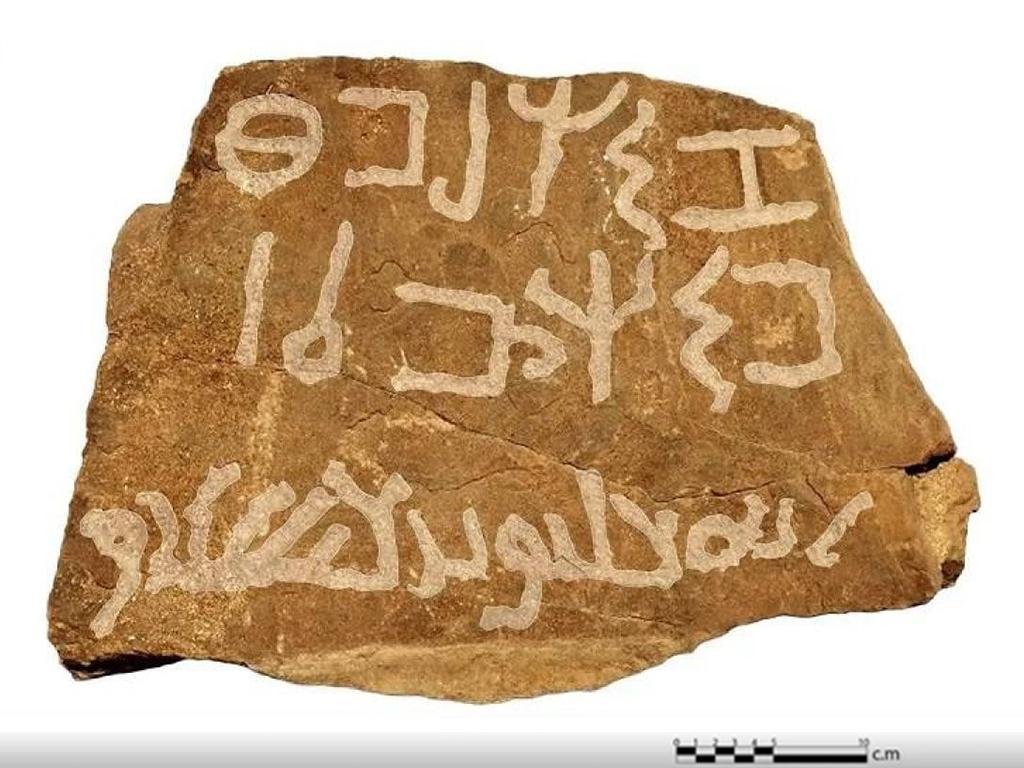During a recent excavation in the village of Alqan, located in Saudi Arabia’s Tabuk province, archaeologists uncovered a bilingual inscription featuring two lines of Thamudic script alongside one line in early Arabic.
 Rare bilingual inscription discovered in Saudi Arabia’s Tabuk province. Credit: Saudi Heritage Commission
Rare bilingual inscription discovered in Saudi Arabia’s Tabuk province. Credit: Saudi Heritage Commission
The style of the characters suggests the inscription dates back to the 5th century. Thamudic inscriptions, related to the South Semitic language and ancient North Arabian dialects, typically date back to periods between the 4th century BCE and the 4th century CE.
This discovery, however, indicates the use of Thamudic script continued into the 5th century CE.
The Saudi Heritage Commission highlighted that this bilingual inscription demonstrates the historical coexistence of Thamudic and early Arabic scripts in the Arabian Peninsula. This find illuminates the evolution of ancient writing systems in the area.
 The inscription features two lines of Thamudic script alongside one line in early Arabic. Credit: Saudi Heritage Commission
The inscription features two lines of Thamudic script alongside one line in early Arabic. Credit: Saudi Heritage Commission
This significant find adds to the commission’s growing collection of ancient inscriptions and writings. The commission is actively engaged in studying, documenting, and preserving Saudi Arabia’s archaeological treasures. Their ongoing efforts include continuous surveys to explore the hidden parts of Saudi Arabia’s history and civilization.
Earlier this year, the commission unveiled a prominent discovery at the archaeological site of Jurash in the Asir region, where they found new architectural residential units and ancient irrigation technology.





